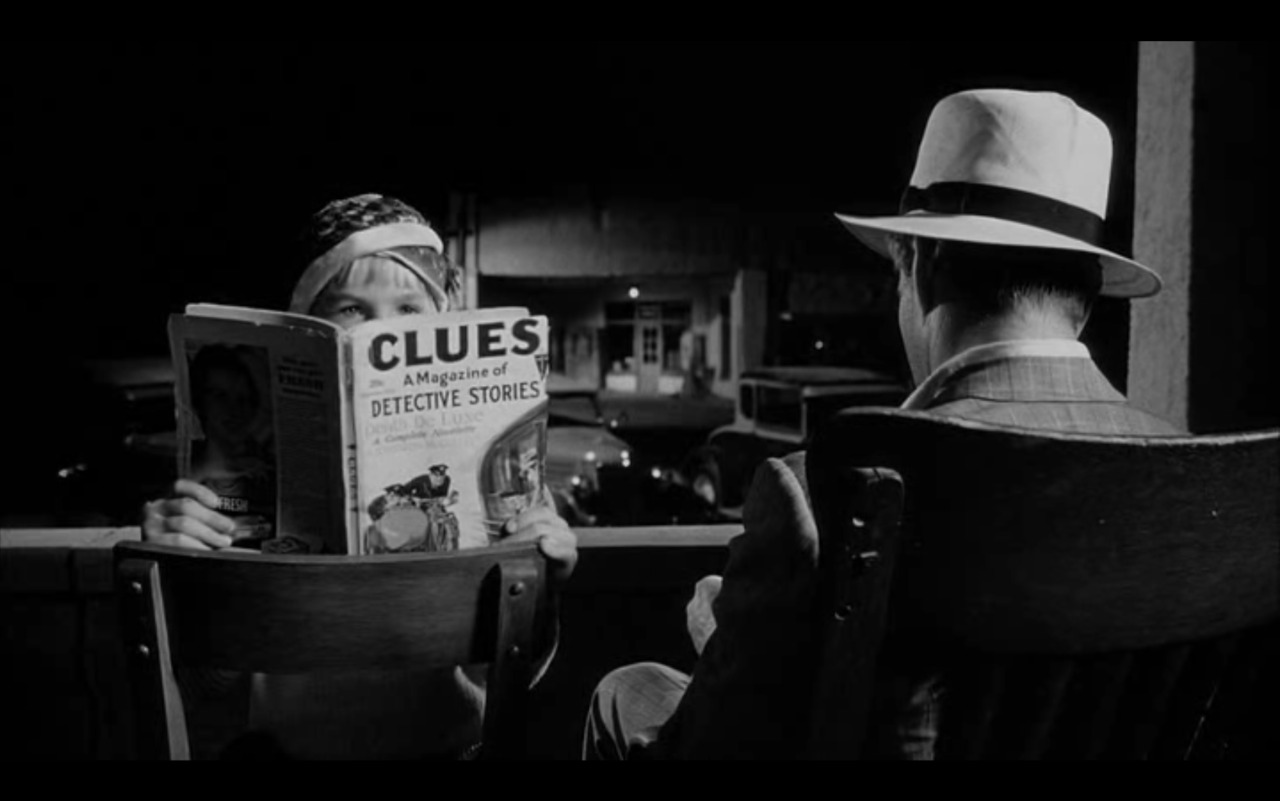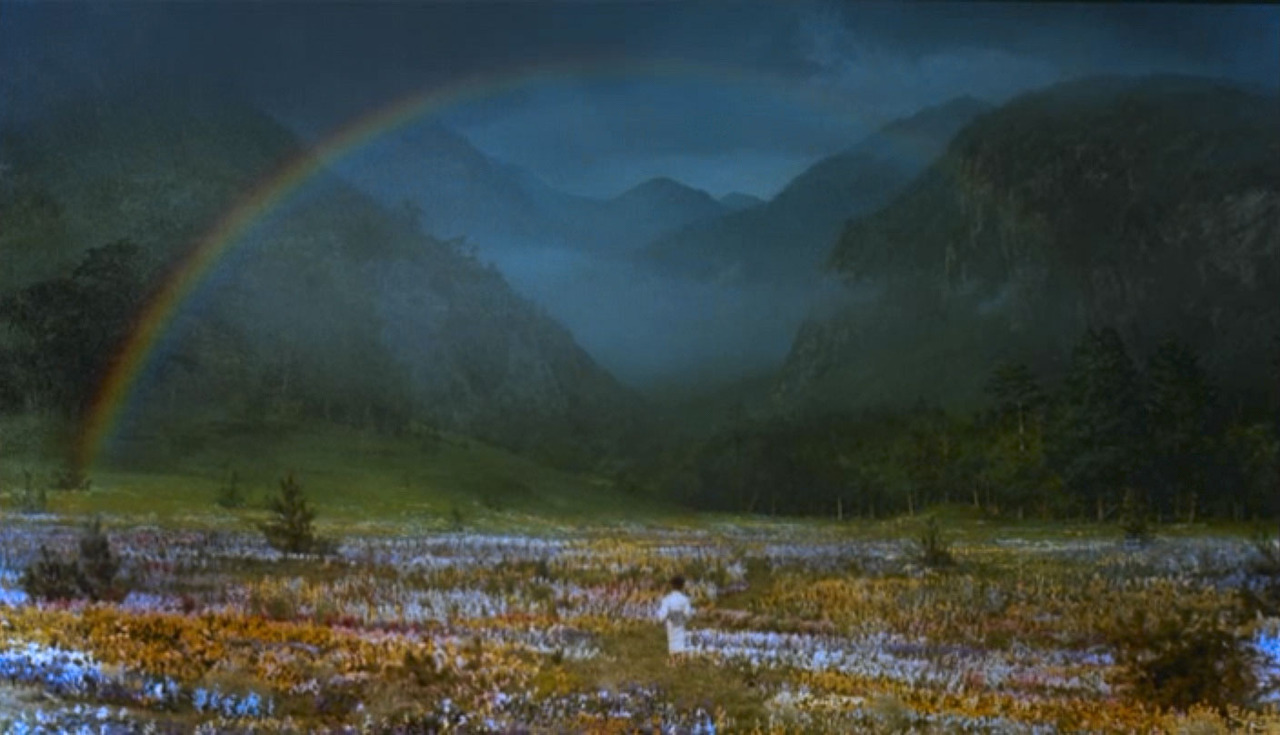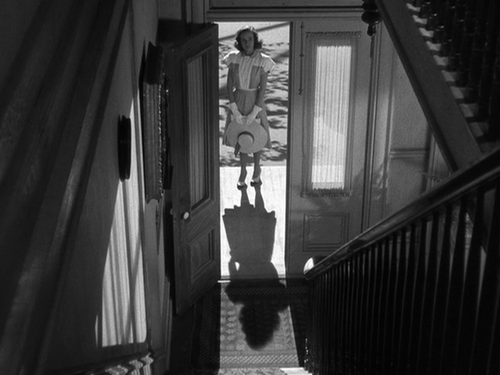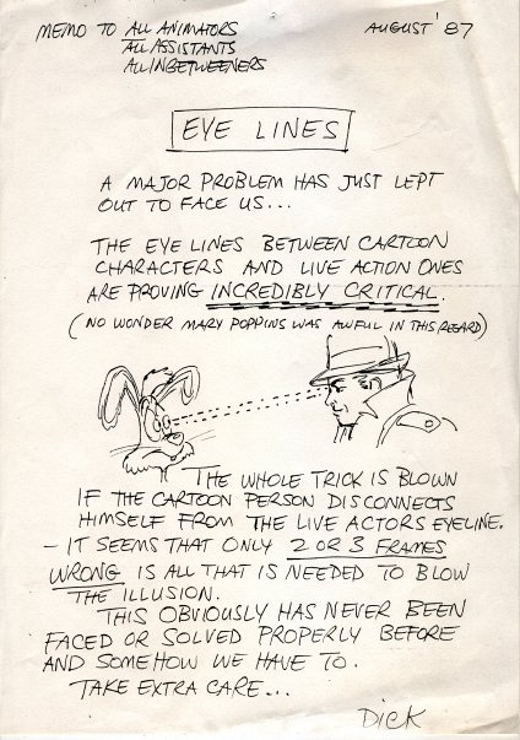Peter Bogdanovich’s Paper Moon, an enjoyably bleak con artist road movie comedy set in the Great Depression. I’ll agree with Roger Ebert’s assessment that 9-year-old Tatum O’Neal “somehow resembles Huckleberry Finn more than any little boy I can imagine.”
Tag: movies
-
Paper Moon

-
Jack Black in Gullivers Travels Review
To grumble further would be, as the saying goes, akin to pointing my Water toward the Wind. I note that Mr. Black has, in other endeavors, proved himself a Mocker after my own heart, but I can hardly begrudge him the greater emolument that issues from cavorting in the mildly naughty manner of an overgrown tot. I can further suppose that a Child of average Wit or even moderate Dullness — a boy of Nine, let us say, who can be coaxed away from the Wii of a Christmas afternoon — might pass a pleasant interval chuckling at the absurd incongruities that arise when something very large is placed beside something very small. From A.O. Scott’s Swiftian review of the new Gulliver’s Travels.
-
Jules and Jim

Jim: “Either it’s raining, or I’m dreaming.”
Catherine: “Maybe it’s both.”
From François Truffaut’s Jules and Jim, another turbulent French New Wave film to cross off of my list. Sort of charming and depressing at the same time, outlining the difficulties of juggling art, friendship and love in a turbulent era (its reportedly a near-biographical account of a love triangle between Marcel Duchamp, Henri-Pierre Roché, and Beatrice Wood). Very innovative cinematography and editing work for 1962. If nothing else, be sure to check out the famous tracking shot where the trio is riding bikes together downhill, evidently shot from the vantage of another bicycle, a scene made possible by the revolution in light-weight camera manufacturing.
P.S. for the Jean-Pierre Jeunet fans: this is the movie that Amelie’s watching in the theater, and I’m pretty sure that there are a lot of movies with voiceover narrators that took inspiration from this film…
-
Kurosawas Dreams

Akira Kurosawa’s Dreams (夢,Yume): a mostly quiet, artful film with eight short vignettes (five dreams and three nightmares) reflecting the remembered dreams of the director throughout his lifetime. Despite the segments being separate, discontinuous stories, I enjoyed their shared abstract sense of looking for something, a great dream motif. Unfortunately the quality of the pieces vary, but the ones that are good border on the sublime. In some ways they remind me of animated versions of Jeff Wall’s artifically-constructed photographs (but maybe I’m just conflating this film’s first nightmare with Wall’s Dead Troops Talk).
Like many of his other later movies, Kurosawa had difficulty getting this film financed by the Japanese studios, but a script sent to Steven Spielberg helped secure money from Warner Bros. Interestingly, the visual effects in the movie (including a walking-through-an-oil-painting sequence later echoed in What Dreams May Come) were supervised by Ken Ralston of Industrial Light and Magic (of Star Wars and Back to the Future fame), and there’s a cameo by Martin Scorsese as Vincent van Gogh, so despite the traditional Japanese cultural elements, there’s definitely a Western tinge to this one.
Other good movies about dreams and dreaming:
- 8½ (film and memory as dream)
- Brazil (dreams as heroic escapism)
- Waking Life (once you get past the philosophizing, it clicks)
- The Science of Sleep (not my favorite Gondry film, but fun)
- Hatsu Yume (Bill Viola’s video art piece, worth mentioning even if it’s not strictly a ‘movie’)
- Paprika (vividly crazy dream visuals from an anime master)
- I assume that Inception and Vanilla Sky / Abre los ojos should be in this list, but I haven’t seen them yet…
Any others I should know about?
-
Awesome They’re Remaking Pee Wee’s Big Adventure

Awesome, they’re remaking Pee-wee’s Big Adventure?!
Oh, wait, it’s just some reheated Tom Cruise movie, nevermind.
-
Notorious

Hitchcock’s Notorious. Ingrid Bergman hired to spy on former Nazis in Rio largely on the grounds of her notable promiscuity, with nuclear age intrigue so current for 1945 that the FBI had Hitchcock under surveillance. Tense stuff once the plot gets rolling, and a great unraveling ending.
Also worth watching for its top-notch use of rear projection special effects: if you think that modern movies and tv shows use a surprising amount of green screen for inserting fake backgrounds, it’s worth remembering that it’s an old idea. All of the foreground action for Notorious was filmed on set in California, with background footage shot by a 2nd production crew in Rio and Miami, beautifully worked in behind the actors so that it’s really hard to tell sometimes.
-
Breakdowns of 1936 — Warner Brothers Bloopers
Breakdowns of 1936, Warner Bros’ annual in-house blooper reel (surprisingly uncensored). At least now I know what the most common swear was in 1936!
(Via Coudal Partners)
-
Waiting for Guffman

Waiting for Guffman. A lot of folks don’t seem to know that this one was filmed in Austin and Lockhart, TX, so there’s that bit of trivia for you. There are also some very quick cameos by David Cross, Brian Doyle-Murray (Bill Murray’s older brother), and in a very obscure part as the guy mouth-juggling ping pong balls, Turk Pipkin.
Parker Posey grilling a single chicken wing is one of the saddest things I’ve ever seen committed to film.
-
Shadow of a Doubt

Slowly working my way through all of Hitchcock’s oeuvre, moving on to some of his films that haven’t fully entered our pop culture lexicon. Shadow of a Doubt was one of his better early American movies, with some nifty subtext, a minor tinge of telepathy, and possible vampiric overtones. Definitely a 1942 pre-war Americana kind of movie, but with the signature Hitchcock dark humor and psychological uneasiness that turns the Norman Rockwell small town on its head.
-
Richard Williams on Eye Lines in Animation

A note from famed animation director Richard Williams to his crew working on Who Framed Roger Rabbit? about the importance of the gaze between the toons and the live actors in establishing the believability of the scene. In matters of animation composition, this guy knows what he’s talking about: his Animator’s Survival Guide is a compelling read for artists of any stripe working with visual storytelling, and he’s also the man responsible for the great-but-famously-troubled production of The Thief and the Cobbler (if you’ve never seen it, fire up your favorite torrent client and look for Thief and the Cobbler: the Recobbled Cut – it’s a must-watch).
(Via Signal vs. Noise)
